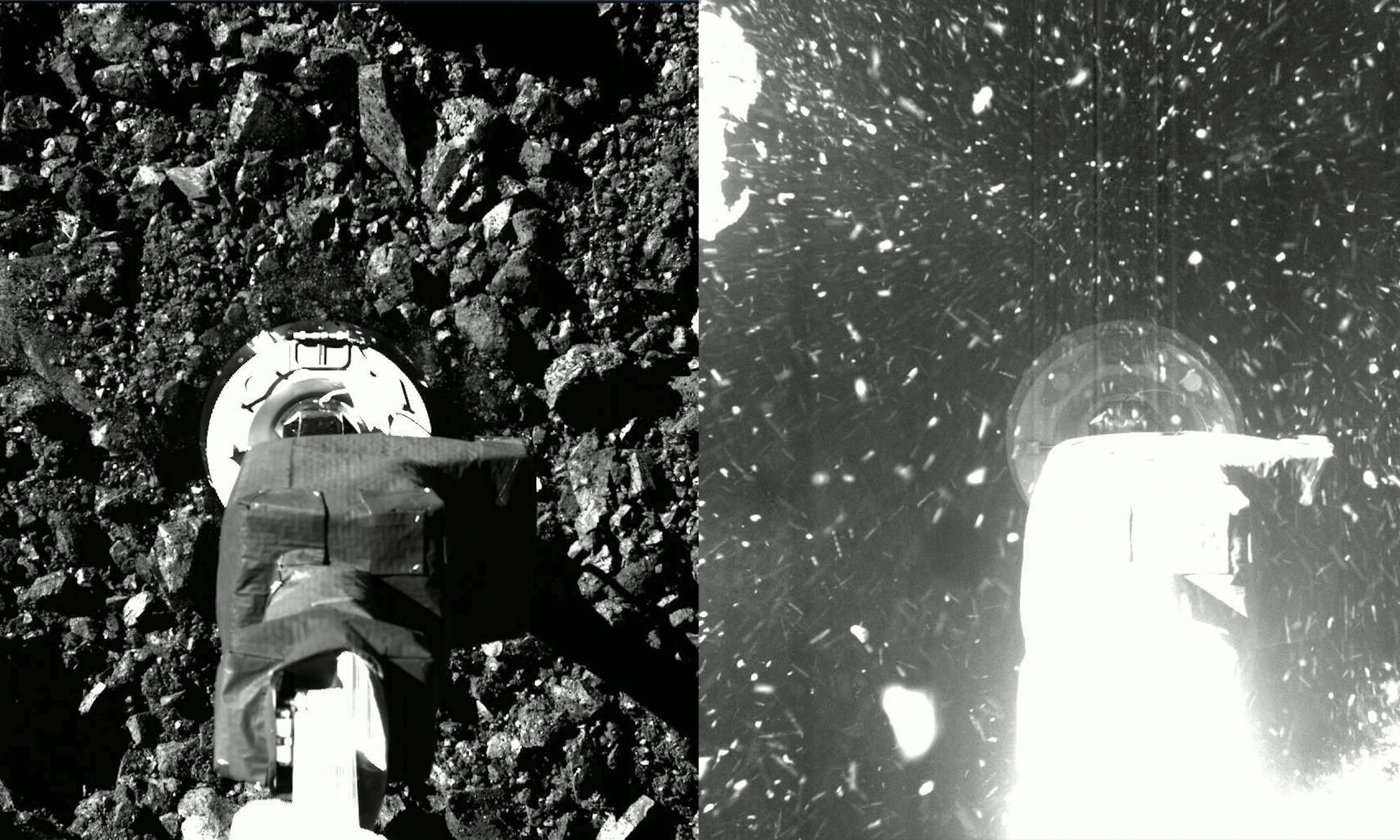A pair of studies published in Science and Science Advances have helped identify that NASA’s OSIRIS-REx (Origins, Spectral Interpretation, Resource Identification, Security-Regolith Explorer) spacecraft would have sunk into the asteroid Bennu had the spacecraft not fired its thrusters immediately after collecting samples from the surface of the small planetary body in October 2020. The respective studies examined the loosely packed exterior of Bennu, comparing its surface to stepping into a pit of plastic balls that people of all ages enjoy. The paper in Science was led by Dr. David Lauretta, Principal Investigator of OSIRIS-REx and a Regents Professor at the University of Arizona, and the paper in Science Advances was led by Dr. David Walsh, a member of the OSIRIS-REx team from the Southwest Research Institute in Boulder, Colorado.
Continue reading “OSIRIS-REx Would Have Sunk Deep into Asteroid Bennu if it Tried to Land”Asteroid Bennu has little pieces of Vesta on it
The asteroid belt is a chaotic place. Things smash into each other, get thrown into completely different orbital planes, and are occasionally visited by small electronic spacecraft launched by humans. All three things seem to have happened to the asteroid Bennu, which is currently being orbited by OSIRIS-REx, a mission launched by NASA in 2016.
The most recently released results from the mission show that Bennu might have small pieces of Vesta on it. Given that Vesta is one of the biggest asteroid belt objects and Bennu is a near Earth asteroid millions of kilometers away from the asteroid belt, this hints at a pretty exciting past history for the asteroid currently being visited by NASA’s first asteroid sample return mission.
Continue reading “Asteroid Bennu has little pieces of Vesta on it”

